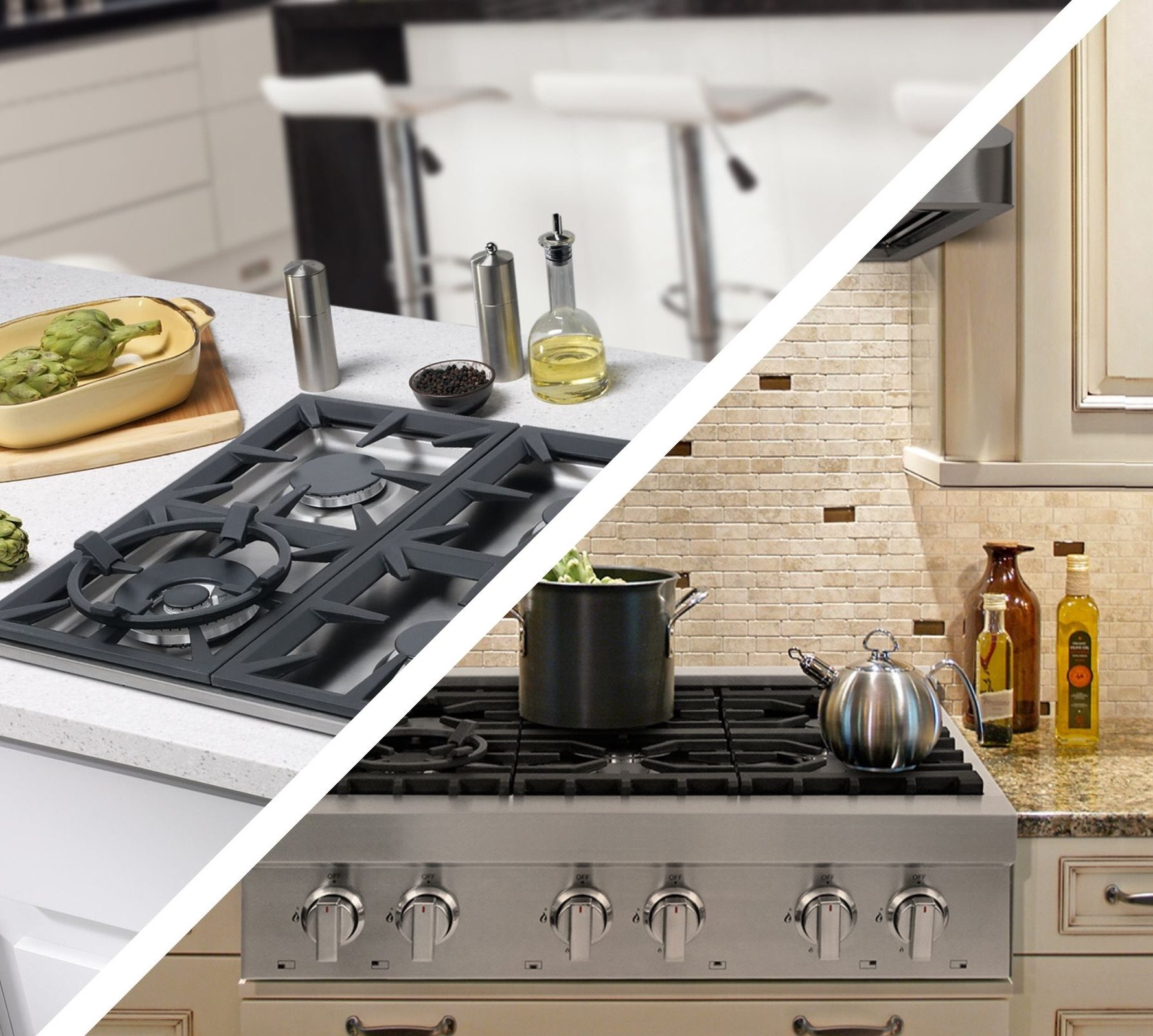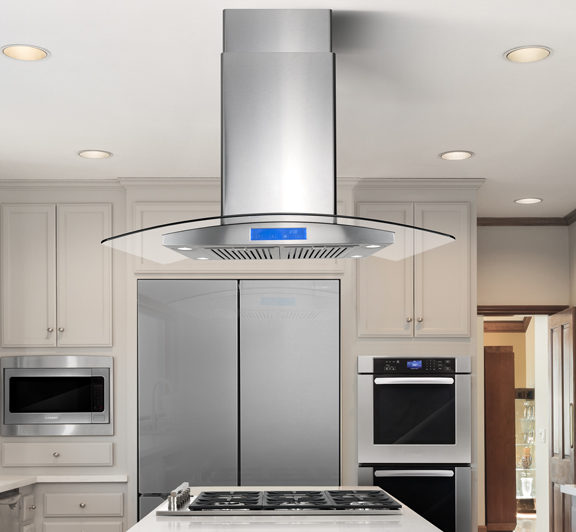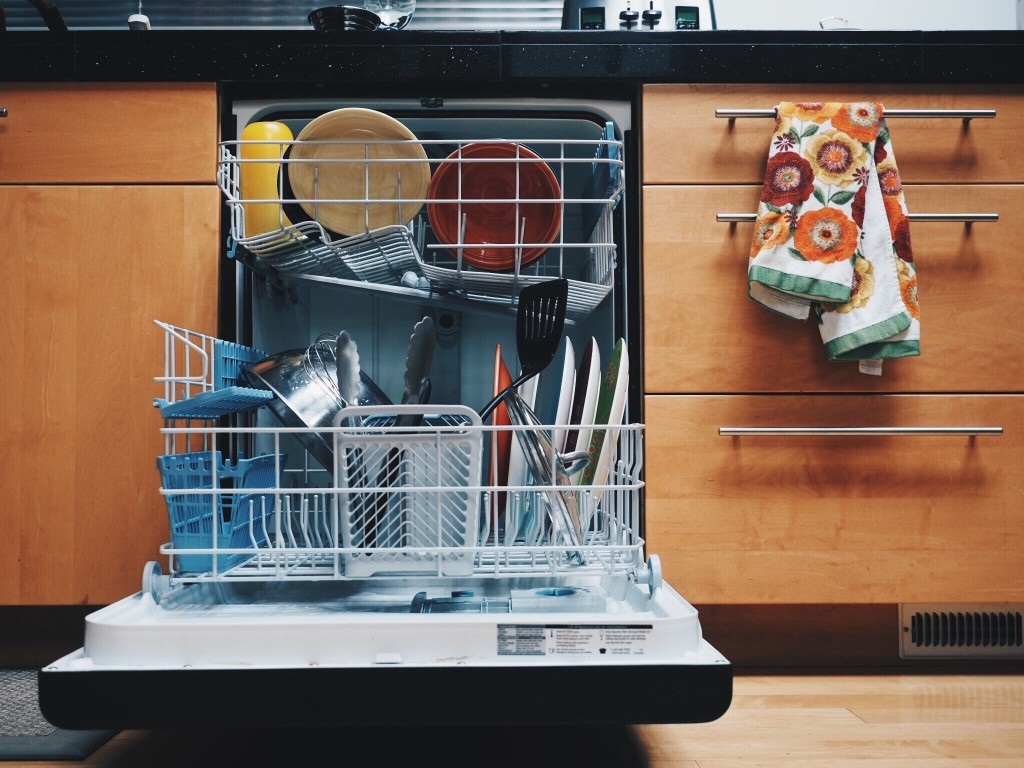Spring is here! Warmer weather, longer days, and thanks to that extra dose of Vitamin-D we’re feeling more energetic. It’s the perfect time for some spring cleaning and we’re ready to make our homes sparkle and shine! The kitchen is one room in the house that gets messy fast, and since it’s our favorite room, that’s where we’ll start our spring refresh. Here’s a simple deep cleaning step-by-step routine for the kitchen. Having an order in which to clean your kitchen makes getting the job done much simpler and faster. Everything seems easier when you have a plan. PRE-CLEAN: Wash, dry and put dirty dishes away any. Quickly clear counter tops and wipe clean. Clear any clutter that does not belong in the kitchen. Determine if you need new kitchen supplies. Clean under the sink and eliminate the unnecessary. Clean and organize plastic ware and storage containers. GATHER KITCHEN CLEANING MATERIALS Get all of your kitchen cleaning materials so you have everything on hand. Running around looking for cleaning supplies e.g. cloths, sponges etc. wastes time. Here’s a list of suggested items you might need: Sponges. Cleaning cloths. Gloves. Toothbrush. All-purpose, non-abrasive cleaner. Stainless steel cleaner, if you have stainless steel appliances. Glass cleaner. Lysol wipes. Caddy or basket for cleaning supplies. Telescoping duster. Steam mop or conventional mop and bucket. Vacuum or broom and dustpan Empty basket or box. PANTRY When you’re getting things organized in the kitchen the pantry is one area that needs some special attention. To begin, check labels and toss expired, stale and empty items also, go through and top up old herbs and spices. Consider donating unopened items that you won’t use before they expire. Wipe down all shelves with soapy water or kitchen cleaner. After wiping down the shelves, create a separate area for open items, arrange like items together with the oldest items in front; newest in back. MICROWAVE Simply, place a bowl filled with water and slices of lemon into the microwave and heat for 5 minutes. The lemon water boils like a sauna, loosening up all the caked on bits. The inside of your microwave gets dirty with splatters and splashes but cleaning it is “easy peasy lemon squeezy” with this cleaning hack. THE FRIDGE Like the Pantry, the refrigerator gets filled up quickly so first thing to do is go through the contents of your refrigerator and remove all expired or spoiled food. Wipe down the shelves with a soft rag and a non-abrasive all-purpose cleaning agent. Work from top to bottom. Place the crisper drawer in the sink to soak, if you need to. If not, just wipe it out and replace it. For a deep clean, unplug the fridge, pull it out, sweep and mop. Finish with a new box of baking soda stuffed in the back. STOVETOP No kitchen spring clean is complete if you don’t tackle the stovetop. Using a dry cloth, brush loose crumbs to the ground. Remove the grates, if your stove has them, and wipe the stovetop with a non-abrasive cleaning agent. OTHER APPLIANCES Clean and/or polish exterior of dishwasher. For the interior of your oven follow the manufacturer’s instructions to run self-cleaning cycle, if you don’t have this feature Baking soda and vinegar will do the trick. Then clean and polish the exterior of oven. Don’t forget to clean your small countertop appliances, e.g. coffee maker, toaster and toaster oven. CLEAN SINK, COUNTERTOP & CABINETS Free counter space is hard real estate to come by, especially in a smaller kitchen, so get rid of all the clutter from countertops first; try to get them as clear as possible, including countertop appliances. Only keep items out that you use regularly. Spray countertops with kitchen cleaner and wipe them clean. Tip! to make granite shine you can use glass cleaner. Wipe down cabinet exteriors and polish wood cabinet doors with furniture polish. Remember to clean inside cabinets and drawers, they tend to gather dust and crumbs. FLOORS Start by removing any movable furniture, then sweep the entire floor. Spot clean sticky or dirty areas with stains. Mop the floor with a heavy duty floor cleaner or use a solution of equal parts vinegar and hot water. The vinegar acts as a natural disinfectant and odor remover. THE WALLS Wipe down the walls, determine if the walls need spot washing in dirty spots don’t forget to clean air vents, doorknobs, doors, and switch plates. DUST Use a telescoping duster and dust the entire kitchen, starting up high and working your way down. Don’t forget light fixtures, the top of cabinets and the fridge. LINENS You may regularly launder your dish towels, but things like runners, oven mitts, and aprons get overlooked, so this is a good opportunity to throw them in the washing machine. GARBAGE DISPOSAL This spot is generally full of germs and can emit all sorts of odors! Give it a thorough flush with hot water, ice cubes, and lemon peels. THE SINK Fill your sink with hot soapy water and pour in 1 cup bleach. Let stand for about an hour, then empty and scrub clean using a paste made from water and baking soda. Rinse well. EMPTY TRASH Finally, wipe down the outside of the bin and lid. Lysol wipes are excellent for this purpose. Place a fresh garbage bag in the bin. FINAL TOUCHES You’re all done! Your kitchen is spotless and boy, does it sparkle! Now add pretty touches with these quick and easy fresh Spring decor ideas. Because kitchen countertops are already at a premium to make the most of your décor, use a tray or cake stand to display smaller decorative items. Remember to include soft spring colors and fruit & flowers of the season are perfect counter pieces. We like fresh flowers and greenery because they look amazing on a kitchen counter. Other decorative pieces we like are wooden cutting boards, you can lean them against your backsplash or stack them under decorative pieces.








